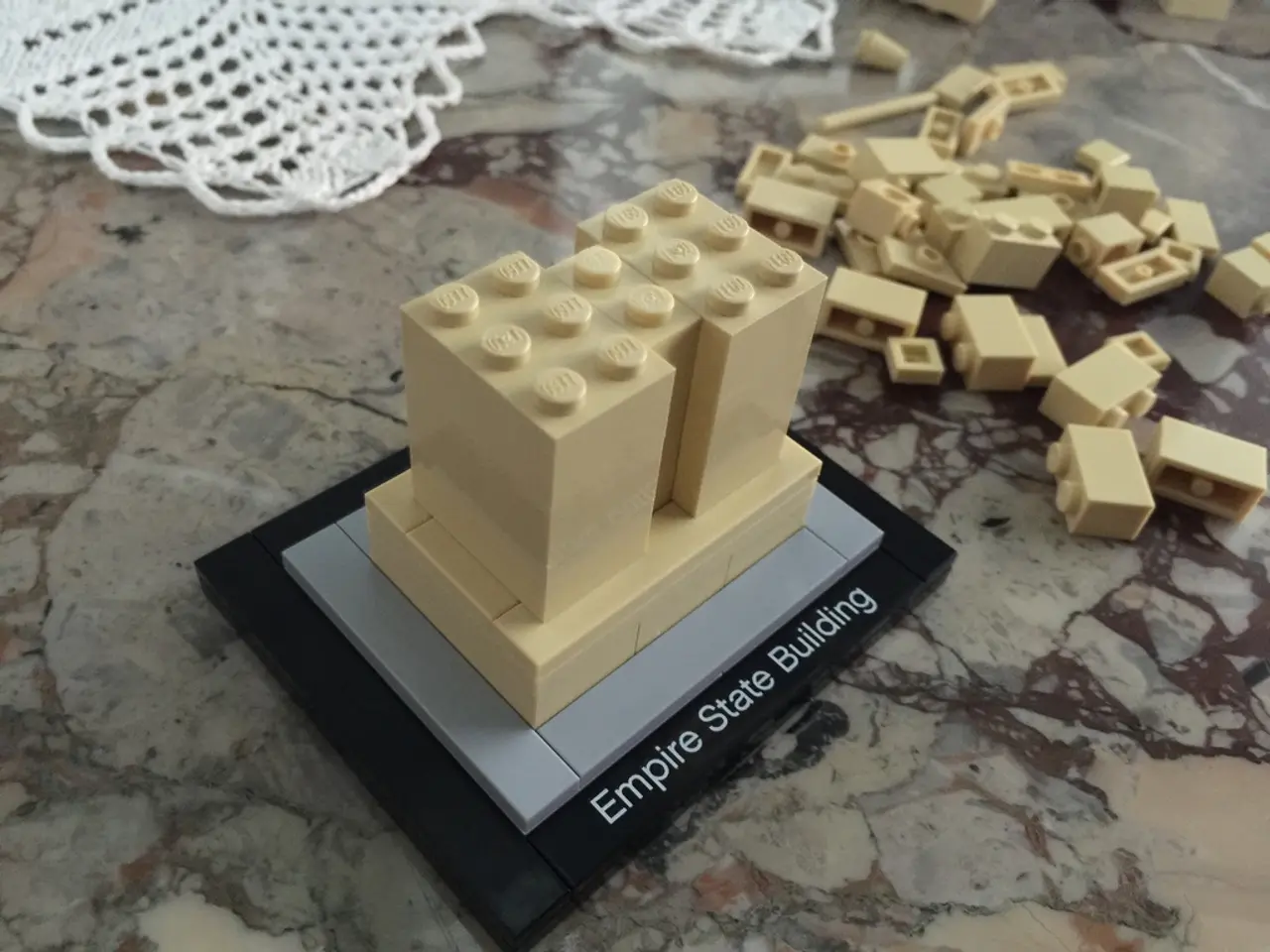Expanding Paver Blocks Market set to hit USD 8.1 billion by 2034
The Paver Blocks Market is set to experience steady growth in the coming years, driven by urbanization, sustainability trends, and government initiatives worldwide. The market, currently valued at USD 5.3 billion, is projected to reach USD 8.1 billion by 2034, expanding at a CAGR of 4.3%.
Concrete paver blocks dominate the market, accounting for over 57.9% of the share. Their affordability, durability, and ability to withstand heavy loads and varied climates make them a popular choice. The wide range of colors, finishes, and interlocking designs further adds to their appeal.
Hardscaping, which includes driveways, walkways, pavements, parking lots, and plazas, is the primary application for paver blocks. The ability of paver blocks to provide durable and aesthetically pleasing surfaces makes hardscaping the dominant use.
The residential segment leads the market, accounting for a 56.2% share. The demand for paver blocks in residential applications, such as driveways, patios, and landscaping, is driven by the desire for aesthetic variety and ease of maintenance.
In 2024, North America led the global paver block market, capturing approximately 46.3% of the market, valued at USD 2.4 billion. The growth in the North American market is attributed to infrastructure modernization, public sector investments, and an emphasis on sustainable construction.
Notable companies in the market are focusing on sustainability, diversifying their product offerings, and improving their manufacturing processes. For instance, Cemex has introduced carbon-neutral paver blocks, and Brett has expanded its decorative paver range with innovative designs and colors.
Businesses are also offering a diverse range of paver styles, colors, and custom designs to cater to different customer segments and address bespoke residential and commercial client demands. Providing installation services and partnering with architects/designers creates additional revenue streams and long-term client relationships.
Securing reliable and cost-effective raw material supplies, particularly cement and aggregates, is a critical strategic priority for maintaining profitability and meeting demand. Competitive pricing, coupled with quality assurance and professional installation services, are central to maximizing market penetration and customer satisfaction.
The market offers significant opportunities for innovation and expansion, particularly in eco-friendly solutions. The growth of the Paver Blocks Market significantly influences the economy by creating jobs in manufacturing, construction, and supply chains, particularly in urbanizing regions like India and North America.
In summary, the global paver blocks market is poised for steady growth, led by concrete materials, hardscaping applications, and strong demand in residential, commercial, and infrastructure sectors, especially in Asia-Pacific and North America. Companies are emphasizing material diversification, customization, sustainability, and integrated services to capitalize on these emerging opportunities through 2034.
Sports organizations could consider using paver blocks for their facilities' hardscaping, given their durability, aesthetic appeal, and variety of options, aligning with the growing trends towards sustainability and innovation.
As the residential segment leads the paver blocks market, sports facilities in residential areas, such as community sports centers and recreational grounds, could potentially benefit from the easy maintenance and aesthetic variety offered by paver blocks.








